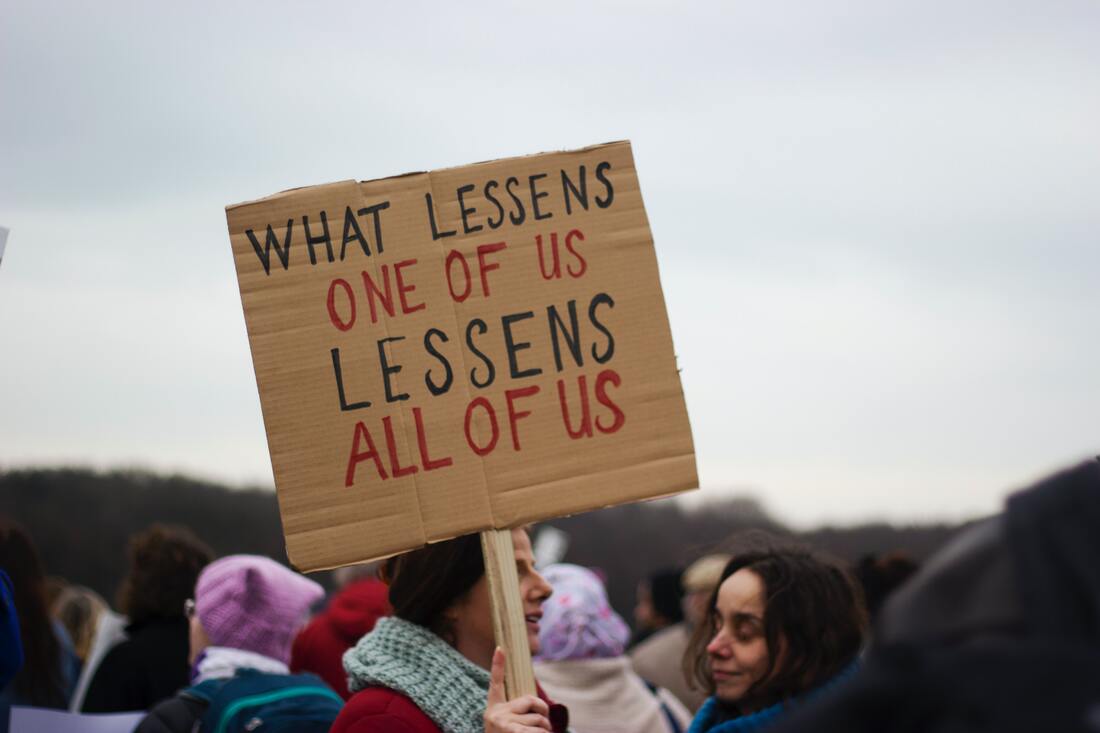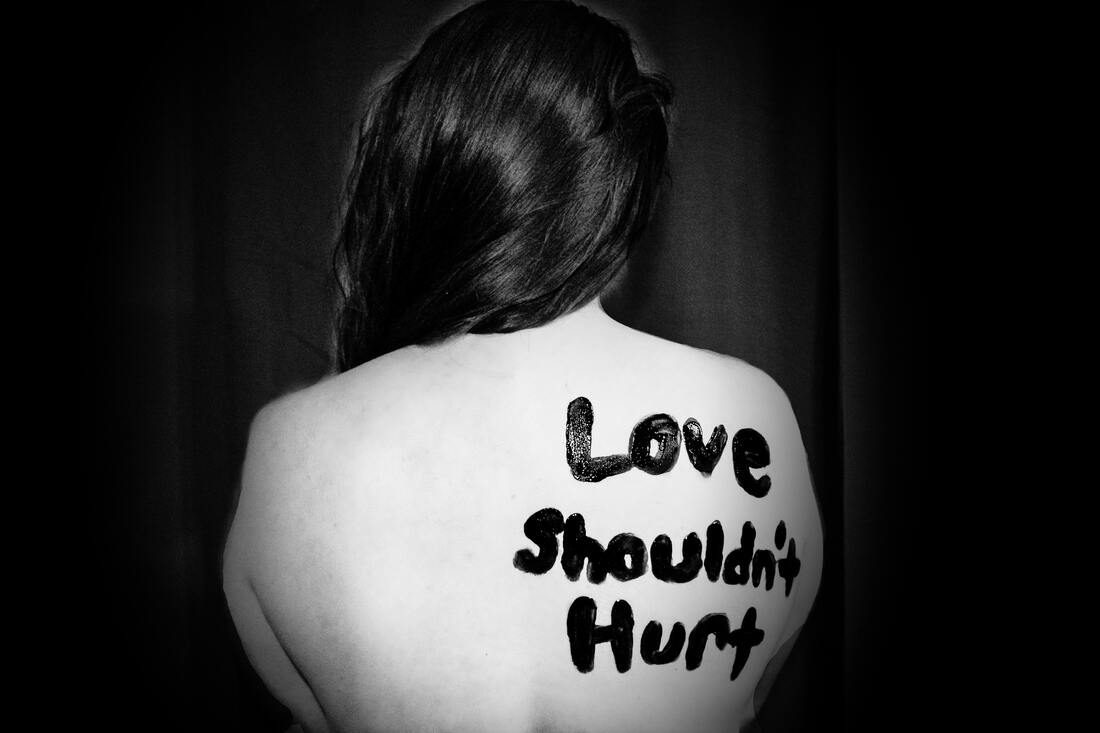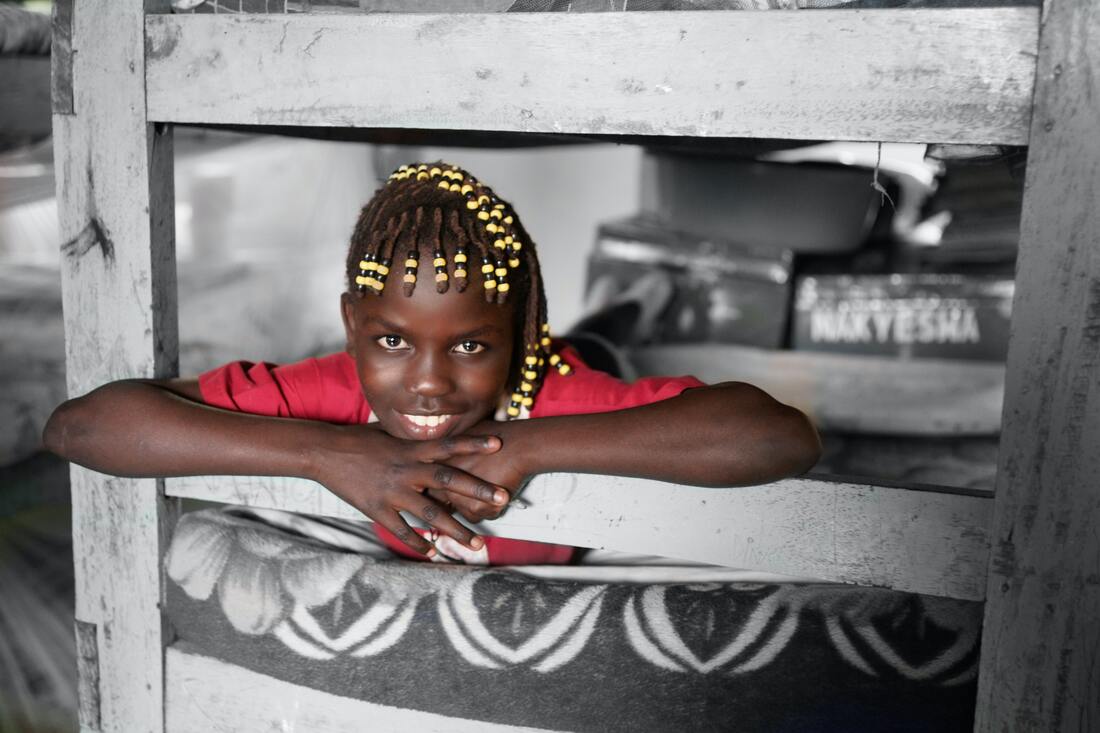Blog |
Blog |
Ending Gender-Based ViolenceWhat Is Violence Against Women?Violence against women is any act of gender-based violence that results in or is likely to result in physical, sexual, or mental harm or suffering to women, including threats of such acts, coercion or arbitrary deprivation of liberty, whether occurring in public or in private life. It is rooted in the gender inequality that women face throughout their lives from childhood through to their old age. Violence against women comes in many forms; physical, emotional, verbal, and many more. It can come through different channels including intimate partner violence, workplace violence, sexual violence, family, and even societal violence. Gender inequality and norms play a big role in the acceptability of violence against women and are a root cause of violence against women.  Photo by Micheile Henderson on Unsplash Why Is Violence Against Women Prevalent?There are various risk factors that contribute to the prevalence of violence against women, such as:
How To Eliminate Gender-Based Violence From National And International LevelsViolence against women and girls is rooted in gender-based discrimination, social norms that accept violence, and gender stereotypes that continue those cycles of violence. To date, efforts to eliminate violence against women and girls have mainly focused on responding to and providing services to survivors of violence. However, prevention which addresses the structural causes, as well as the risk and protective factors associated with violence is pivotal to eliminating violence against women and girls completely. Prevention is the only way to stop violence before it even occurs. It requires political commitment, implementing laws that promote gender equality, investing in women’s organisations, and addressing the multiple forms of discrimination women face daily.  Photo by Sydney Sims on Unsplash Other ways to eliminate violence against women includes the following:
Join Us to Educate Girls to Eliminate Gender-Based Violence Photo by bill wegener on Unsplash Education can contribute towards the eradication of violence against women and girls. An educated girl has the power to speak up herself. Join us to give girls a voice.
9 Comments
An equal world is an enabled world for all to thriveMaking up half of the world’s population, women and girls also make up half of the world’s potential. Gender equality is not only a fundamental human right, it is the bedrock of sustainable development, peaceful societies and notable economic growth. Despite this, there is still a huge gap in achieving gender equality and creating an enabled world for women and girls. It is therefore important to consistently work towards creating equal access to economic resources for women and girls; access to quality education and health; adequate participation in decision making and putting an end to gender violence. What does an equal world mean?An equal world is one in which there is equal and easy access to opportunities and resources, economic participation and decision making for both genders. This is a world in which the differences in needs, behaviours and aspirations of both genders are valued equally and girls, women, boys and men are treated equally at all levels of society. What is an enabled world? An enabled world makes things possible for girls and women. It equips them with the tools and resources to be able to do a particular thing and makes the achievement of their dreams easier. It is a world that gives permission or right to women and girls to pursue those opportunities readily available to make their desires come to reality. Both genders are equipped for success in an enabled world. How to create an equal worldIn order to create gender equality, it is important to talk to women and girls. The voices of women and girls are not heard in both global and national decision making. By talking to them and making their voices heard, we are one step closer to an enabled world. It is also necessary to put an end to child marriage and sexual harassment permanently. Early marriage continues to truncate the dreams and futures of many girls, as well as sexual harassment and the ensuing stigma. It is also important to make education gender sensitive. This can be done by increasing access to education and promoting gender sensitivity and positive gender stereotypes. By the same token, mothers need to be educated and empowered so that they can in turn empower their daughters. Proper value has to be given to the unpaid work, women and girls do. Likewise, the media needs to highlight this more. More women need to be in leadership position so that they can become change agents by being active participants at the local, regional and national levels. Not only this, women and girls need to be encouraged to go into non-traditional vocations to help break social taboos. Lastly, it is important to work hand in hand with women and girls to end violence, reduce backlash and bridge the gap of gender inequality in order to create an equal and enabled world. Achieving an equal world for allIn all parts of the world, there are notable discriminatory laws which prevent women from fulfilling their potentials by limiting their ability to work, thereby reducing their economic security and confidence. On average, women have only three-quarters of the employment rights available to men. It is important to note however that increasing the participation of women in the labour market and giving equal employment rights has major economic benefits. In an ideal world of gender equality, there is no violence against women and girls. This in turn makes the society healthier and enhances overall well-being. The result is more peace. World economy will also take a positive boost. Some countries like Canada have recorded sharp increases in their GDP when they put strategies in place to advance gender equality. In terms of business, gender diversity in leadership roles improves business performance. Between 15 and 35% increase in financial returns is predicted for companies with the highest levels of diversity (gender, racial or ethnic). When household work is shared, relationships tend to work better and people are happier. By eliminating gender imbalances surrounding unpaid housework and childcare, the gender wage gap reduces and the likelihood of divorce drops. Lastly, an equal world makes the lives of children better. When both parents are involved in childcare, gender role stereotypes are broken and children are encouraged to think critically about gender stereotypes, which in turn helps them master the skills to maintain healthy, equal relationships in the future, thus continuing the cycle of an enabled world. You might be interested in!Barriers and obstacles to girls education Find out why girls find it difficult to access and stay in school. Click the link to read more about the challenges that girls face to access education in The Gambia
|
Archives
June 2024
Categories
All
|
|
The SaGG Foundation (Sponsor a Gambian Girl) is a girl’s education movement, with aim of championing the cause for girl child education in The Gambia. Education is a basic human right; our vision is to advocate and champion for girls' education.
|
TAKE aCTION |
About us |
|
